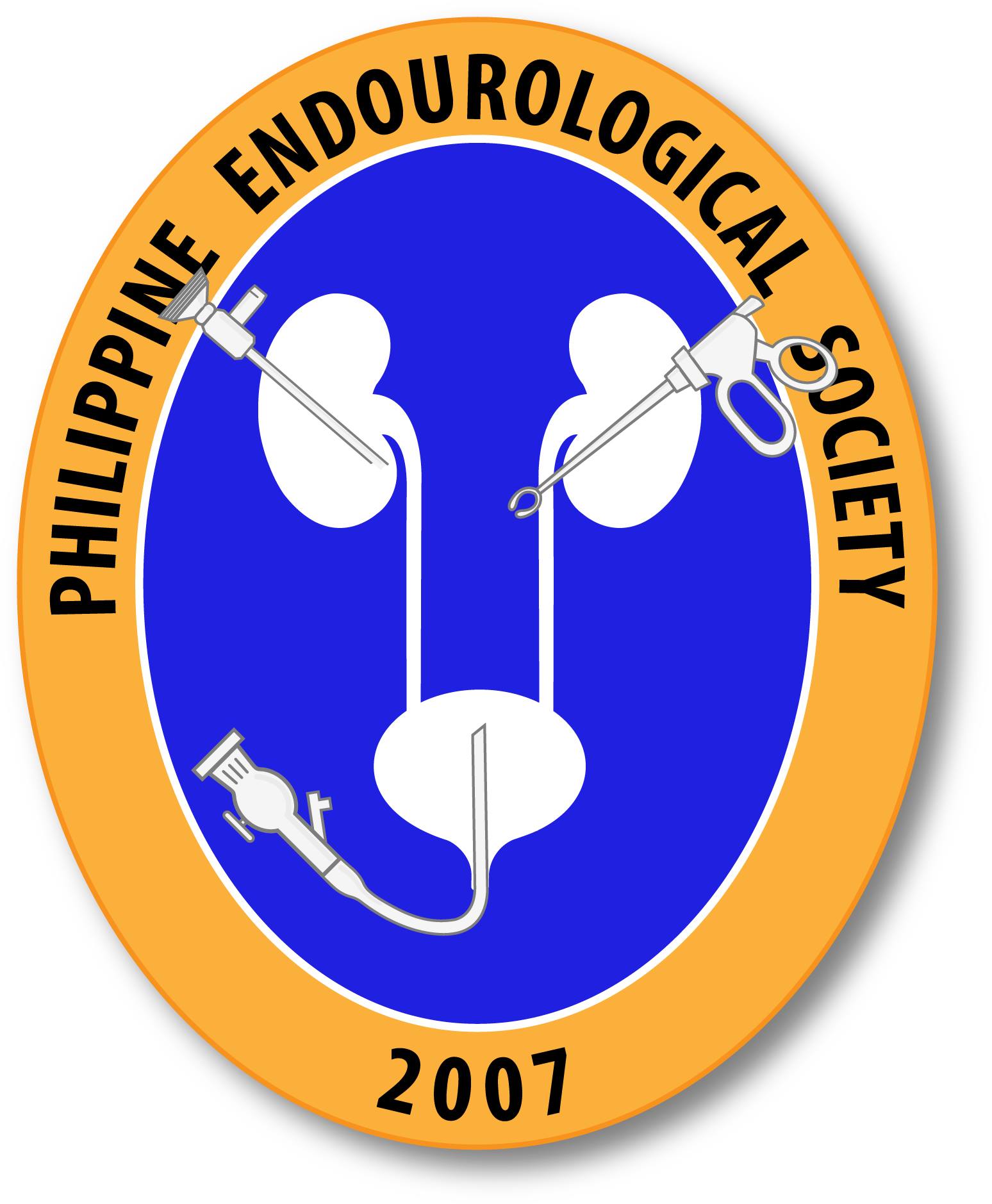Incidence and Risk Factors of Pulmonary Complications after Robot-Assisted Laparoscopic Prostatectomy: A Retrospective Observational Analysis of 2208 Patients at a Large Single Center.
Robot-assisted laparoscopic prostatectomy (RALP) is a minimally invasive technique for the treatment of prostate cancer. RALP requires the patient to be placed in the steep Trendelenburg position, along with pneumoperitoneum, which may increase the risk of postoperative pulmonary complications (PPCs).
